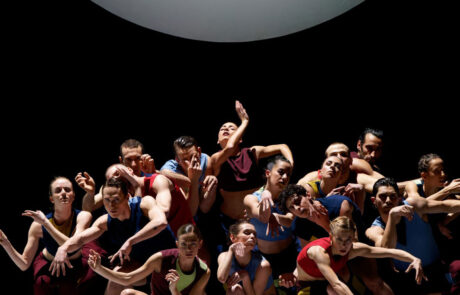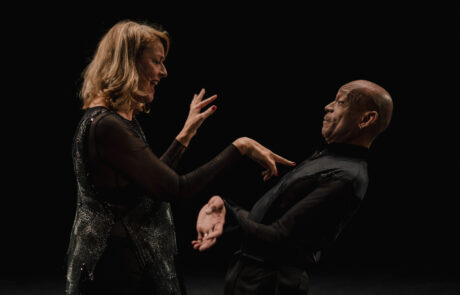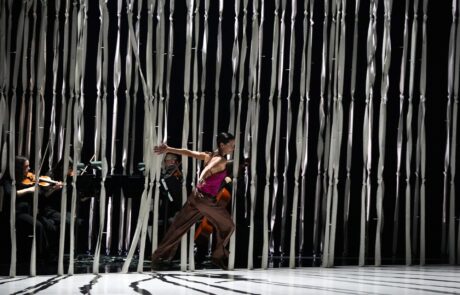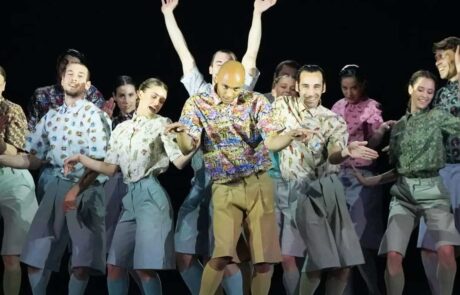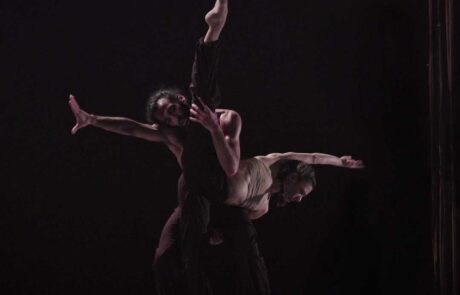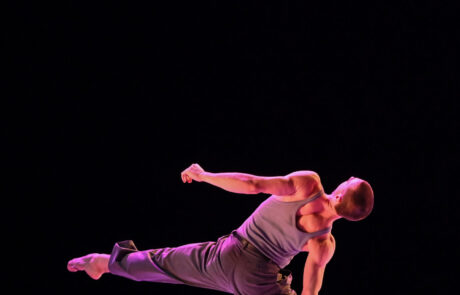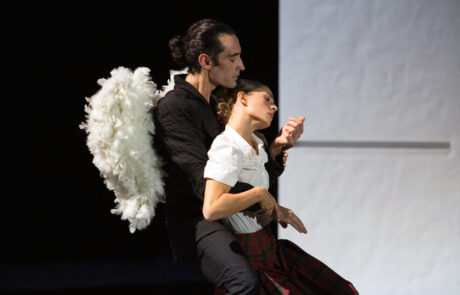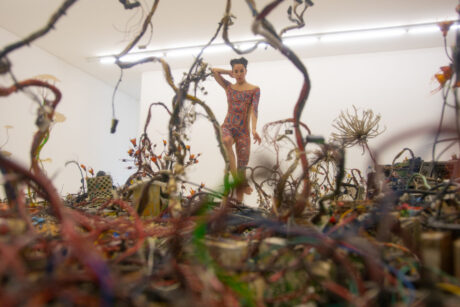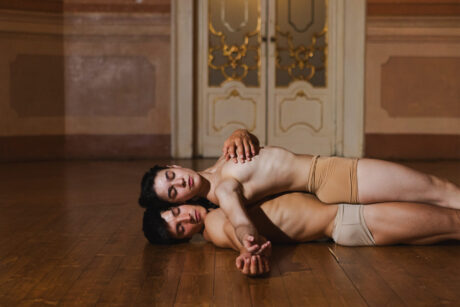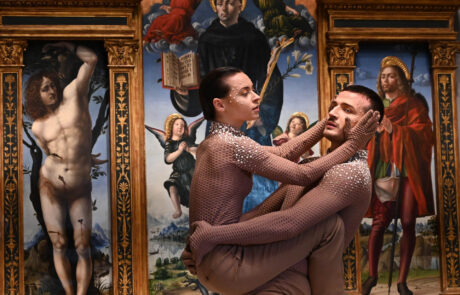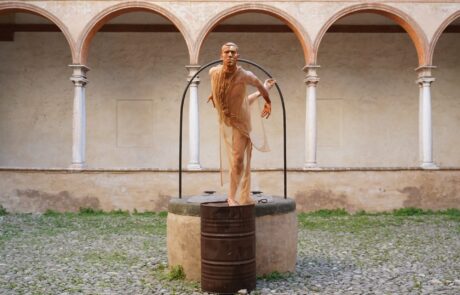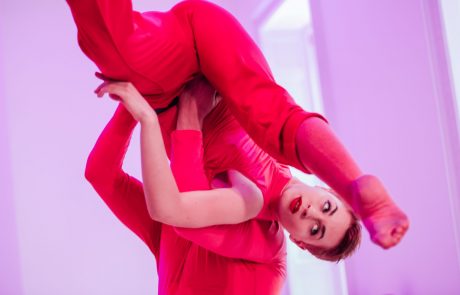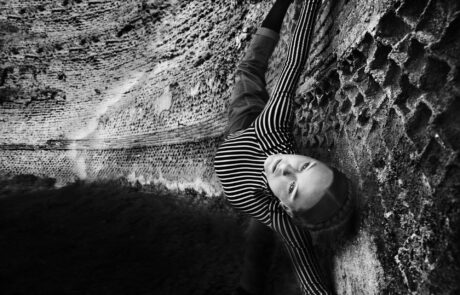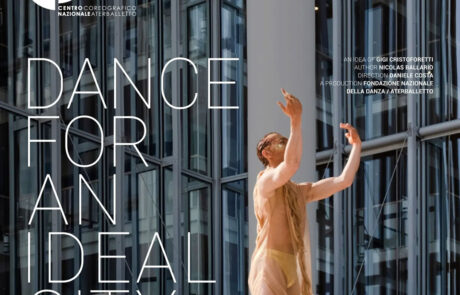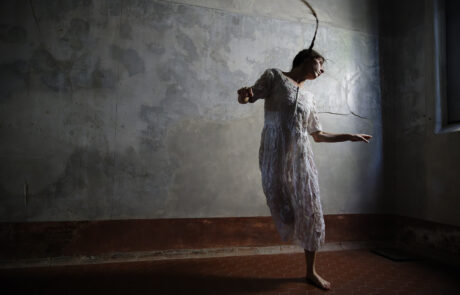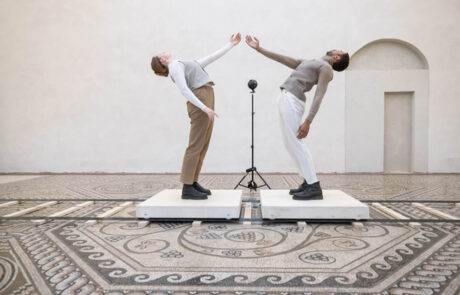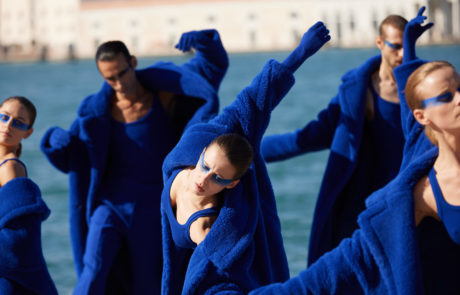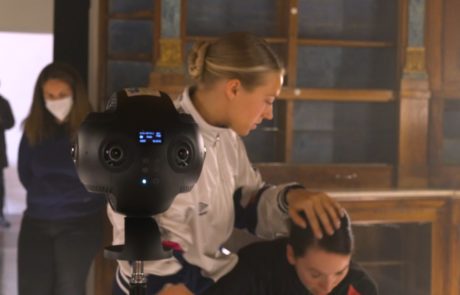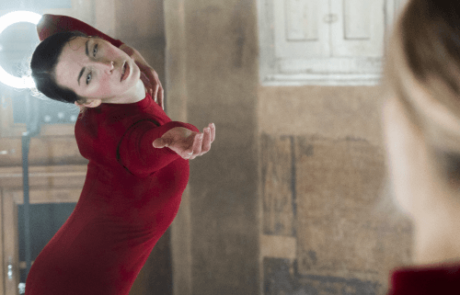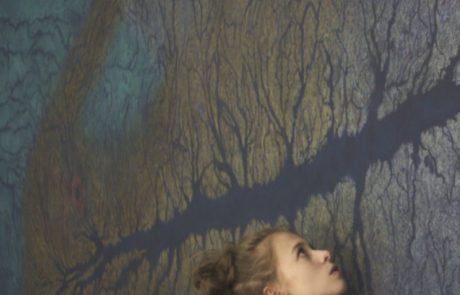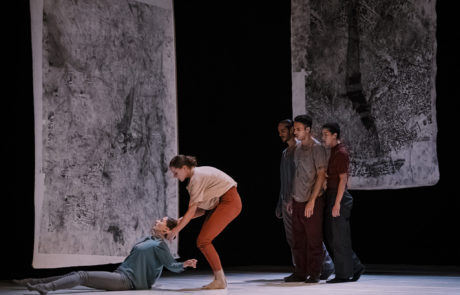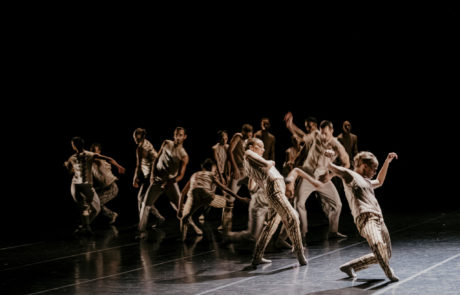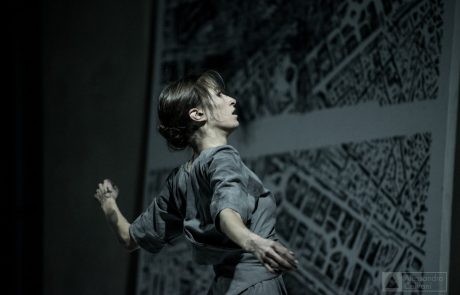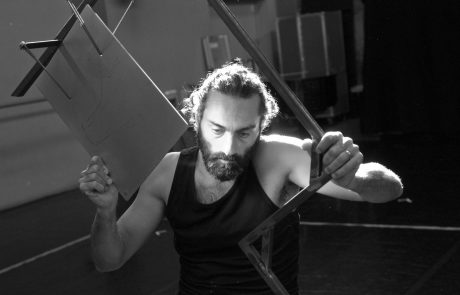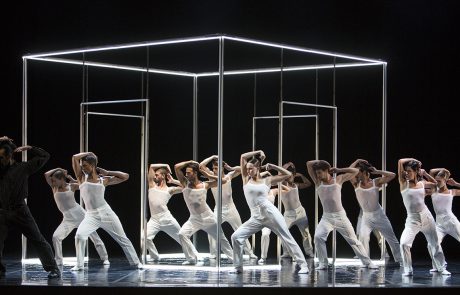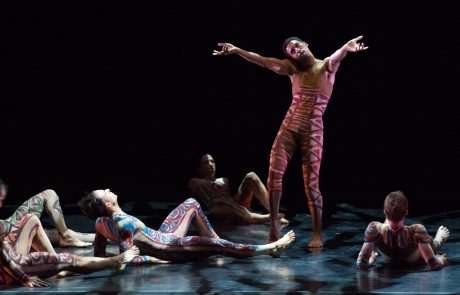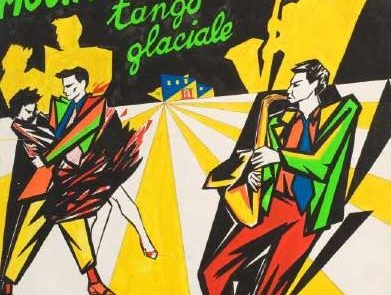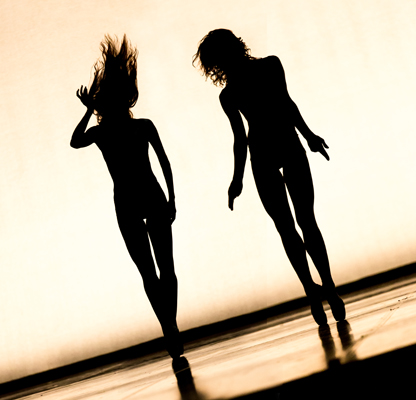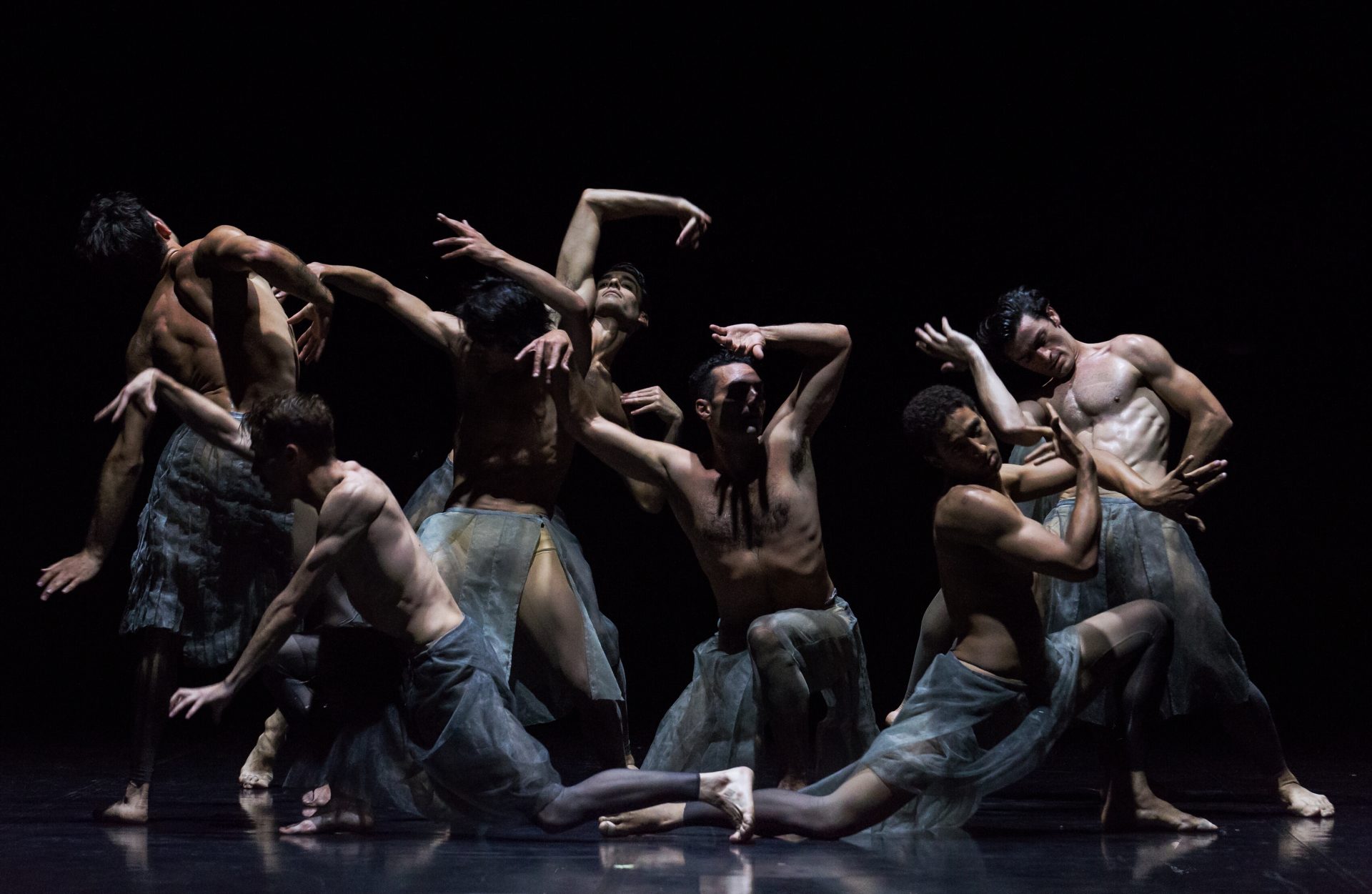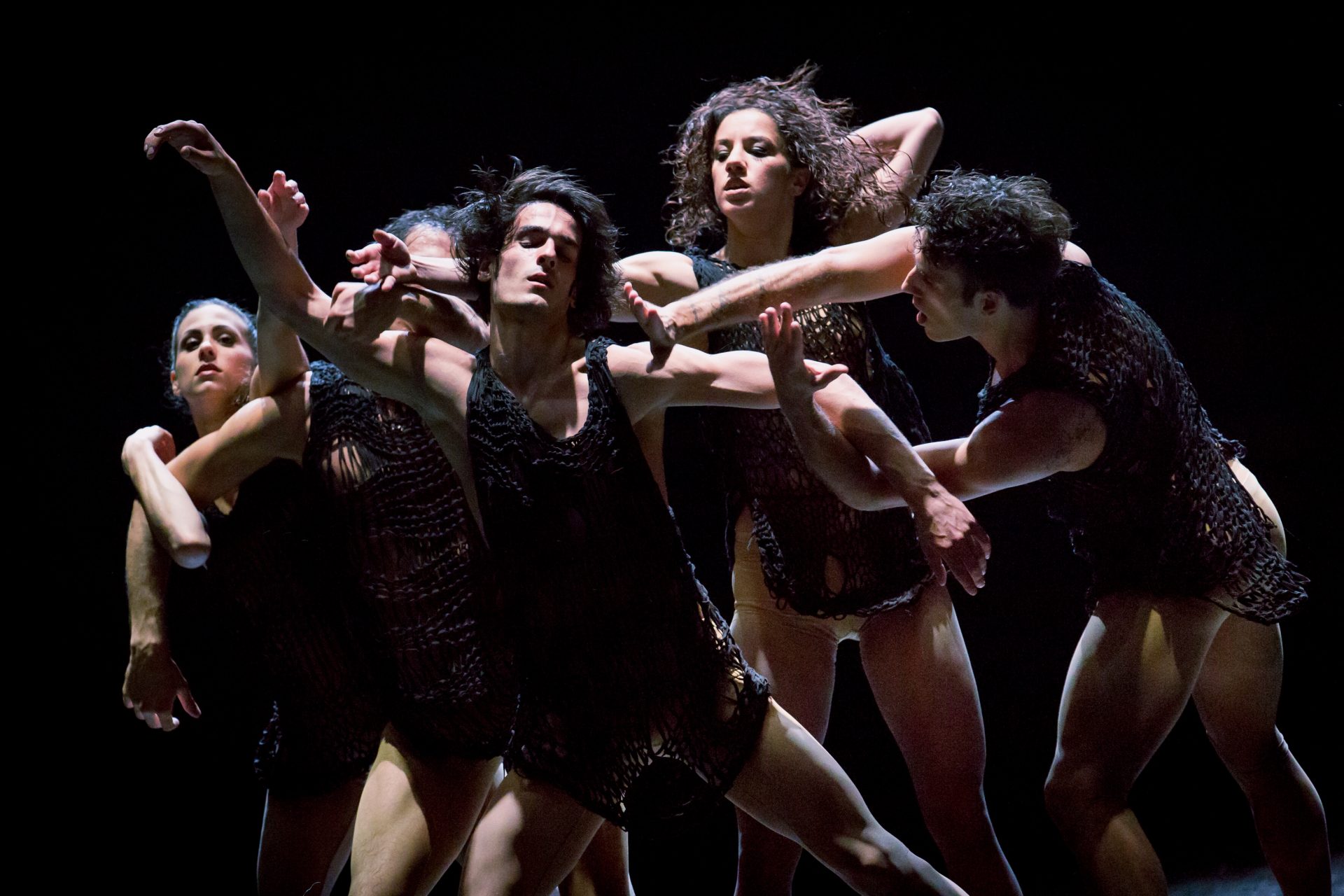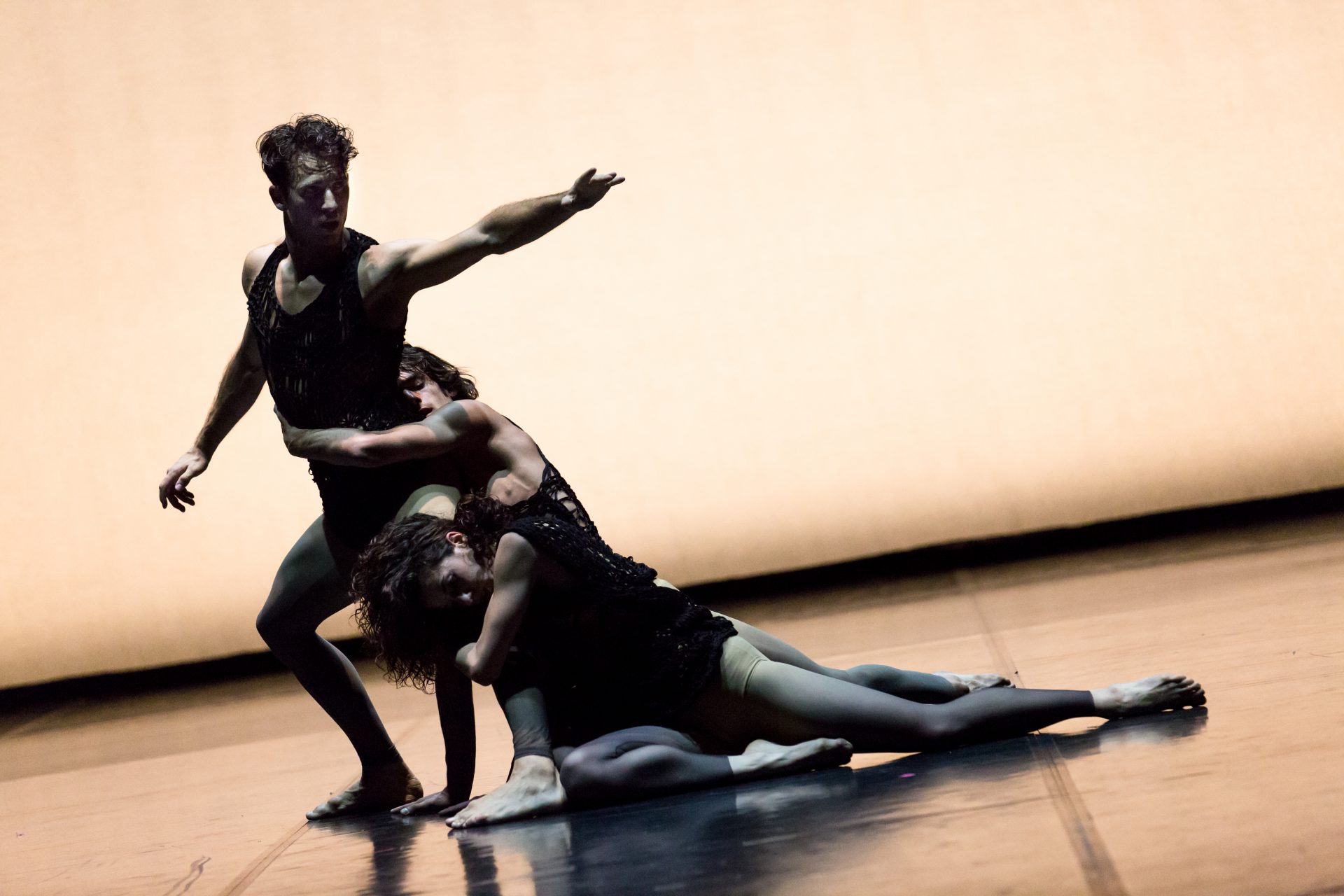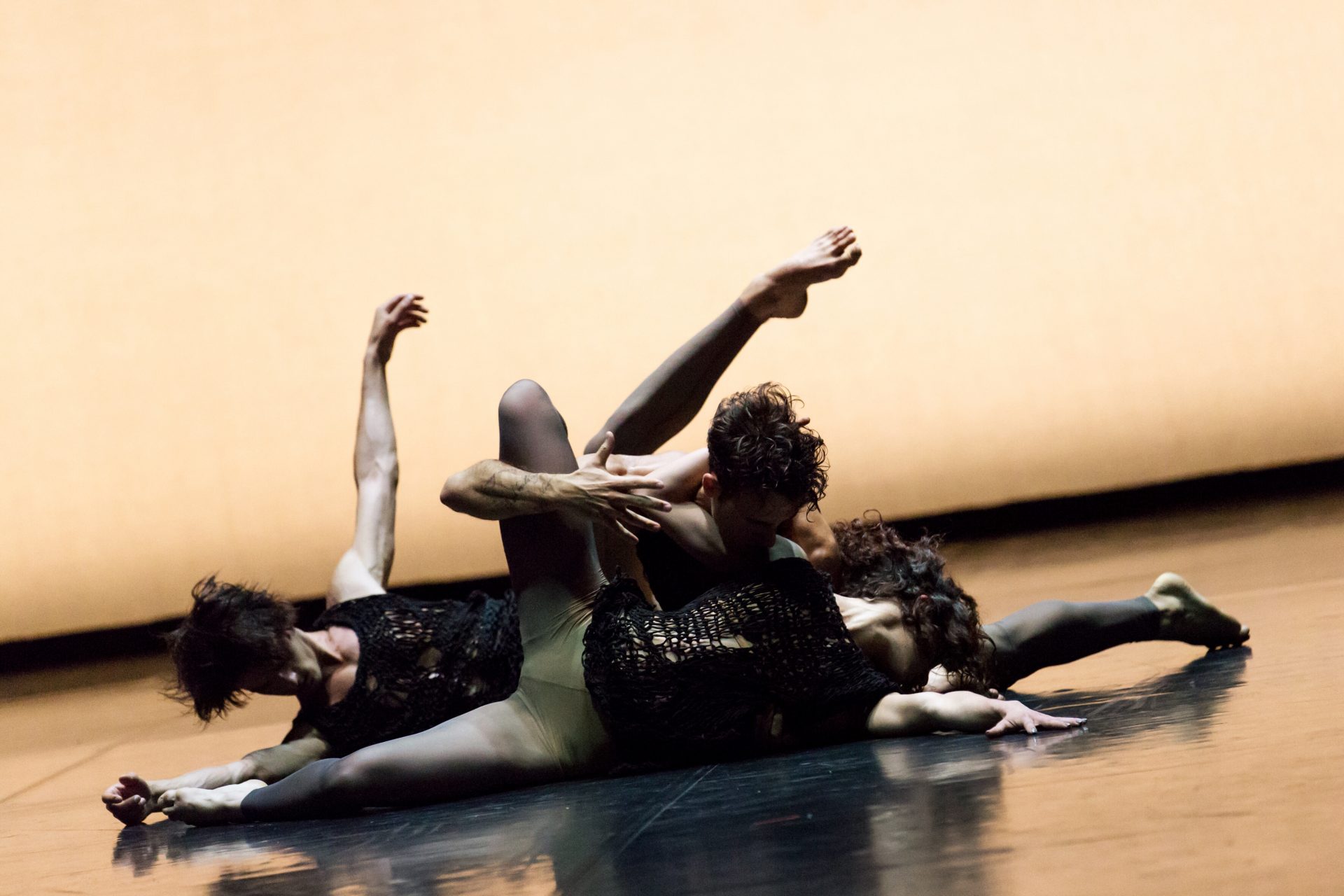In Antitesi the choreographer reveals his fascination with opposites: local and global, slow and fast, masculine and feminine, abstract and concrete. The work draws inspiration both from the ancient and the modern, in the spirit of “everything available in real time” that defines our lives in this dense and fast-paced Millennium, ready to break all the patterns without ever give up on the past.
From the Baroque period through to contemporary works, an emotional bond connects the composers of the Italian music chosen by the choreographer, which overcomes the barriers between classical and contemporary through the invisible sharing of a DNA that feels unique to Italy.
In Antitesi Giovan Battista Pergolesi, Domenico Scarlatti and Giuseppe Tartini coexist/collide with Giacinto Scelsi and Fausto Romitelli, providing the dance with a sea of different pieces. The dancers are immersed and move around in this body of water, hurtling through the space in a combination of aggression and gentleness, free to move to the rhythm of their breathing as the action unfolds, organic but not mundane, and combining density and transparency.
“Baroque music is solid and lyrical, sensual and mysterious”, the choreographer said, “but I want music to set me free. For this work I am trying not to use the Baroque and contemporary music differently. They have the same breath and the same rhythm. They seem different, but that is only due to the colour of the sound. I am not illustrating the music, and I am not basing the dance around the strong beats. I am not choreographing “on top of” the music but rather ‘inside’ the music, using both the horizontal surface of the floor and the aerial spins on the vertical plane.”
“I created the piece”, Foniadakis continued, “on the basis of a struggle between a search for the beauty of the past, intended as sort of nostalgia, and the present day situation: an agitated, dynamic, uncertain and violent reality”.
Elisa Guzzo Vaccarino



